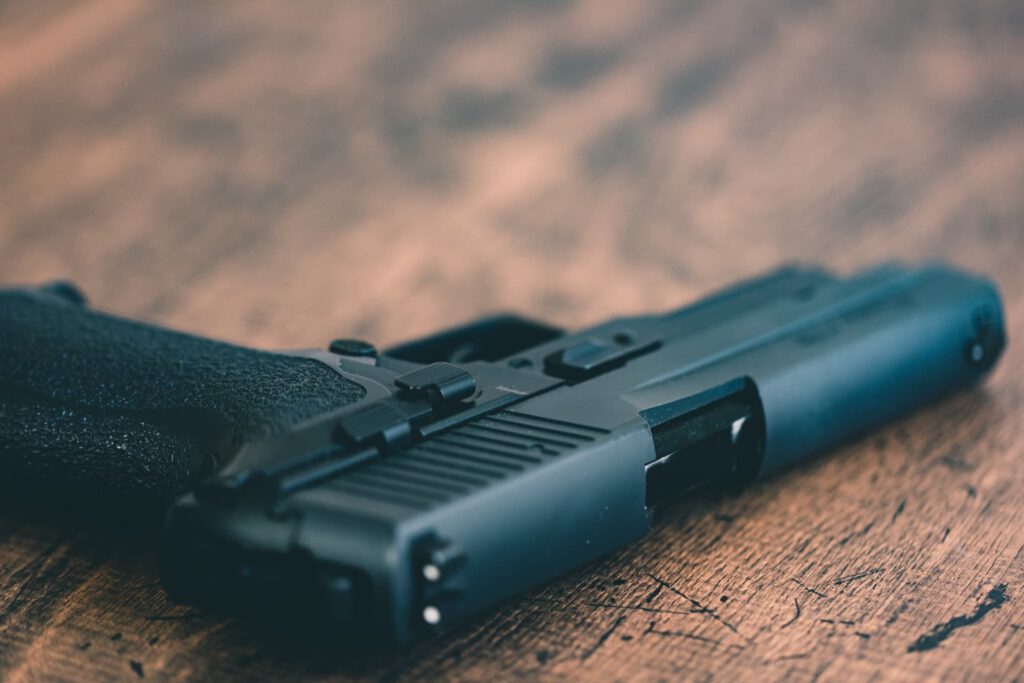There was once Beretta A400 Upland Semi-Auto Shotgun created by a now preferred military historian and thinker. He served as a general in the Italian army in the 1920s and his name was Giulio Douhet.

He made a statement that any new advancement in guns, and particularly he was talking soldier carried tiny arms offers the benefit to the army that is defending and not the a single aggressing. That is to say quicker speedy firing potential or accuracy, delivering both sides have the same technologies gives the advantage to the entrenched position defending.
Okay so, if you would like to fully grasp my references herein, I’d like to cite the following work: “The Command of the Air” by Giulio Douhet, which was published with University of Alabama Press, (2009), which you can obtain on Amazon ISBN: 978–8173-5608-eight and it is based and fundamentally re-printed from Giulio Douhet’s 1929 function. Now then, on web page 11 the author attempts to talk about absolutes, and he states
“The truth is that every single improvement or improvement in firearms favors the defensive.”
Well, that is intriguing, and I searched my mind to try to come up with a for instance that would refute this claim, which I had difficulty undertaking, and if you say a flame thrower, well that’s not truly considered a fire-arm is it? Okay so, I ask the following concerns:
A.) Does this warfare principle of his hold true these days as well? If each sides have the same weapons, “modest firearms” then does the defensive position usually have the advantage, due to the capability to remain in position without the need of the challenge of forward advancement? Would you say this principal could be moved from a “theory of warfare” to an actual “law” of the battlefield, right after years of history?
B.) If we add in – quickly moving and/or armored platforms to the equation would the offense with the same fire-arm capability begin to have the benefit – such as the USMC on ATVs which are very hard to hit. Or in the case of an armored automobile, it is a defensive-offensive platform in and of itself. Hence, would the author be right, as the offense is a defense in and of itself anyway?
Are you starting to see the worth in this Douhet’s observation as it relates to advances in technology on the battlefield? Indeed, I thought you may, and hence, I sincerely hope that you will please contemplate it and believe on it, see if you can come up with an instance exactly where that rule would not be applicable.
